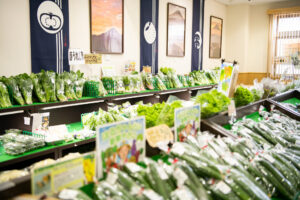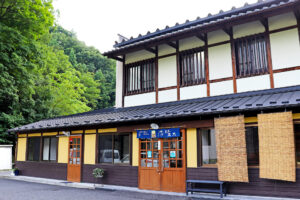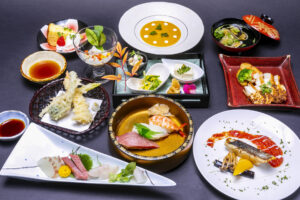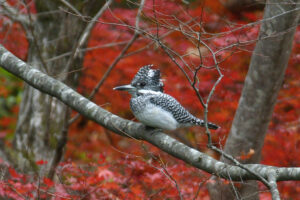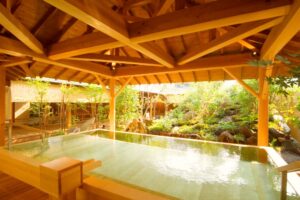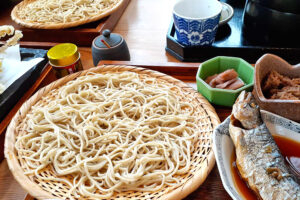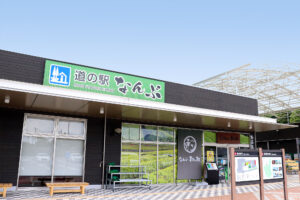Minobu-san Kuon-ji Temple
Warning: Undefined array key 0 in /home/szac/minamiyamanashi.com/public_html/en/wp-content/themes/swell/classes/Utility/Get.php on line 805
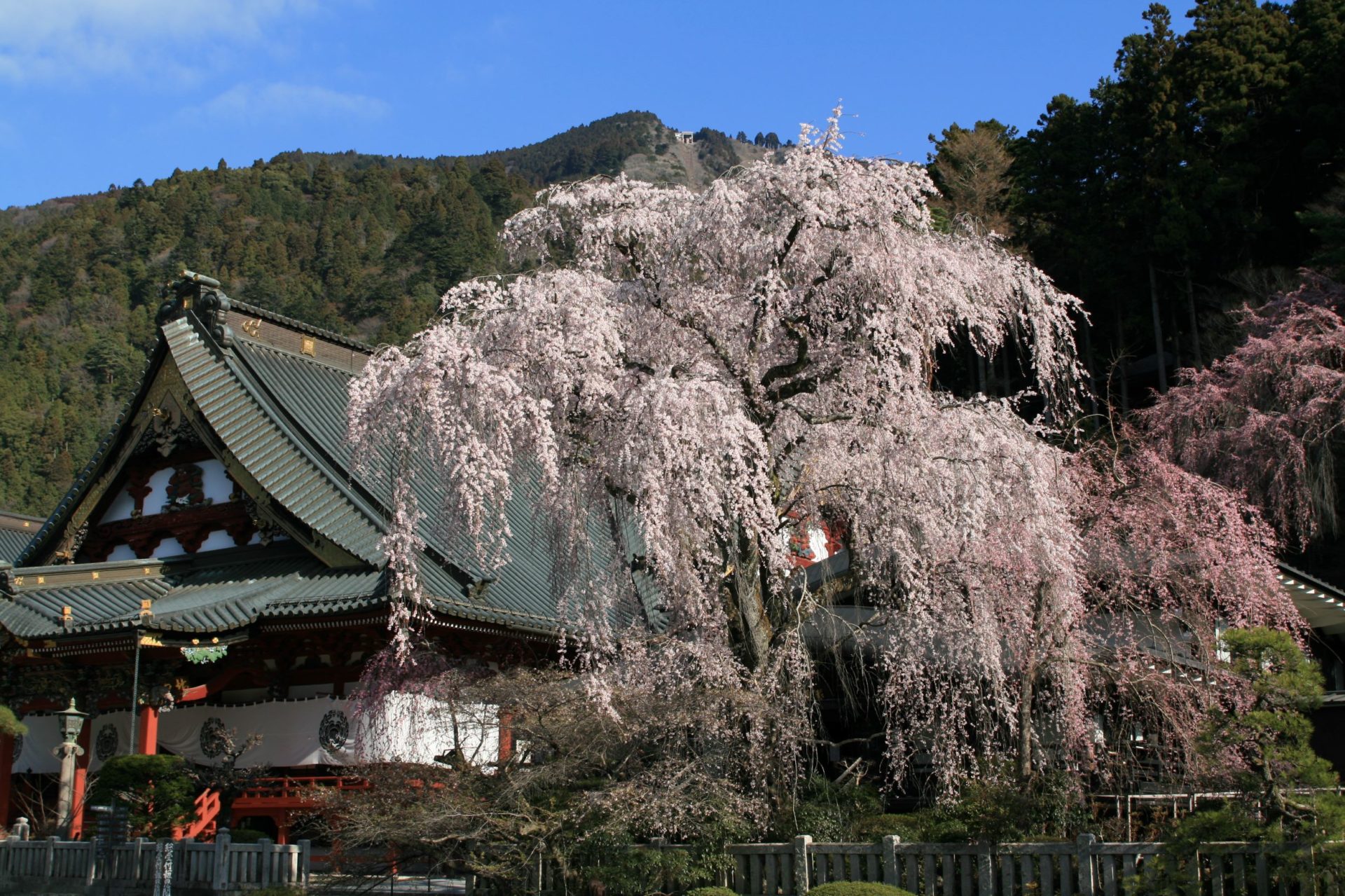
Just as there are several denominations within Christianity, there are many also in Japan’s Buddhism. There are thirteen major and traditional denominations (called “shu”). Each has its own head temple, like St. Peter’s Basilica of the Catholic denomination, where the Pope serves. While Koyasan (Mt. Koya), which is now very popular among foreign visitors, is the mountain that houses the head temple of Shingon-shu, Minobusan (Mt. Minobu) is the key site where the head temple of Nichiren-shu is located. It is called Kuon-ji (the Temple of Kuon) and was founded by Nichiren Shonin (1222-1282) in 1274. Nichiren Shonin was born and became a monk in a small village in the Boso peninsula in Chiba prefecture. After studying in head temples of various shu, he started his own denomination. He spread his belief in Kamakura which was the capital at that time, and he made suggestions on how to make the country a better place to the Kamakura Shogunate, who rejected them and cracked down on him. However, he continued to practice his beliefs, even though he was banished to a remote province and island several times. After he was pardoned, he transferred to Minobu and founded Kuon-ji.

Shonin’s ideology is based on the Lotus Sutra, or Hoke-kyo, which is the teaching of the Buddha that anyone can equally obtain inner peace. According to Rev. Hamajima, the former president of Minobusan University, “Hang in there!” is the fundamental message of Hoke-kyo. Even though this world is full of difficulties, opposition, and discouragement, you have to carry on in your life to make the world a peaceful place. The world of Hoke-kyo starts at the magnificent gate with a signboard with beautiful calligraphy, that says that anyone will be saved regardless of sex, religion, race or nationality.

As Katsushika Hokusai’s famous wood print shows, many pilgrims seeking for salvation from their suffering have visited Kuon-ji temple for a long time.

| A path which leads to the temple is quite a precipitous slope. If you come by car, you can keep going without speeding up your heart rate. However, by leaving your car at any parking lot you find, you can visit many traditional small shops along the path, which will gratify your curiosity. The second gate called San-mon, which is larger and sublimer than the first one, will surprise you, but another bigger surprise is waiting for you. That is the long and steep stairs which look like a wall blocking the path! |

| There are 287 steps and each step is about 30 centimeter high. (cf: The average of the step’s height at train stations is 16.5 centimeters.) These stairs are called Bodaitei which means the stairs toward the enlightenment. They will make you wonder if they are a stairway to heaven. An incline elevator is also available as a shortcut for those who want to achieve the enlightenment in an easier way. Here, too, there is no distinction. |

Go inside the edifices. Take your time to appreciate the dragon painted in black and gold on the ceiling, and an artefact of fine carving from the 18th century. Unlike many other famous temples, there are not big statues of Buddha in Kuon-ji, which may be one of its characteristics. It may be because Nichiren-shu puts more importance to the teaching of the Buddha than Buddhas themselves, which is also shown through their chanting practice. In many other shu, the name of the Buddha Amida, or Amitàbha in Sanskrit, is chanted but in Nichiren-shu the devotion to the supreme law of the Lotus Sutra is chanted.


If you want to know more about Kuon-ji, we strongly recommend you to participate in the Morning Prayer in the main hall that starts at five thirty (at six from October to March). You must be astonished by loud and powerful voices of many young monks chanting sutras lead by an experienced elderly priest. The Japanese drums – large and small – keep the rhythm. Not to put too fine a point on it, but you may feel that it is like the heavy metal of Buddhism. While Kuon-ji’s stairs remind you of Stairway to Heaven by Led Zeppelin, the Morning Prayer sounds like Smoke on the Water by Deep Purple!

“Once in a life time,” was what the people of the Edo period wished. However, we recommend you to visit Kuon-ji during every season and timeframe. In particular, in spring, you will see the astonishing sight of cherry blossoms. There are two big weeping cherry trees with long and drooping branches which are more than 400 years old. Moreover, with hundreds of cherry trees in the mountains around the temple, you will feel that even the air becomes pink. Autumn will be another ideal season, needless to say. In winter when the sky is clear, you will have a view of Mt. Fuji at the upper temple which you can reach by a ropeway. These very beautiful and soothing sceneries are another aspect of Kuon-ji. They are not heavy metal, but the bossa nova you hear in the late evening in the woods.
Minobu-san Kuon-ji Temple
| address | 3567 Minobu, Minobu-cho, Minamikoma-gun, Yamanashi |
| TEL | 0556-62-1011 |
| FAX | 0556-62-1094 |
| Email Address | info@kuonji.jp |
| Home Page | https://www.kuonji.jp |
| https://www.facebook.com/日蓮宗総本山身延山久遠寺-113961113661222/ | |
| https://www.instagram.com/minobusankuonji/ |







